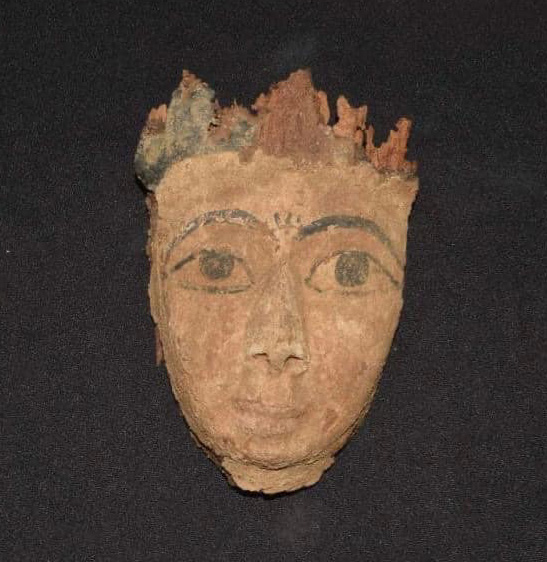Meir's Necropolis: A Window into Egypt's Christian and Late Period History
Excavations at the Necropolis of Meir have revealed fascinating insights into the lives and practices of early Christian monks in Middle Egypt. Located in the heart of the ancient Egyptian city of Meir, the necropolis has been the subject of extensive archaeological research for many years. However, recent discoveries have shed new light on the history of the site, particularly during the Byzantine period.
The excavation team uncovered evidence of a large structure consisting of Christian monks' cells, which are believed to date back to the Byzantine era. This finding suggests that the necropolis was a place of religious significance and was likely used as a monastic community by early Christian monks.
Further excavations revealed that the structure was built on top of Late Period burials. This indicates that the site had been in use for centuries before the arrival of the Christian monks. The discovery of the Late Period burials also sheds light on the funerary practices of the people who lived in the area before the arrival of Christianity.




Comments
Post a Comment